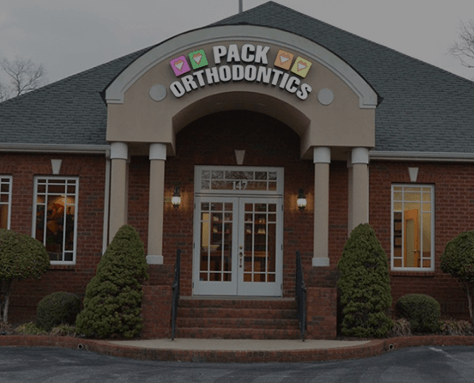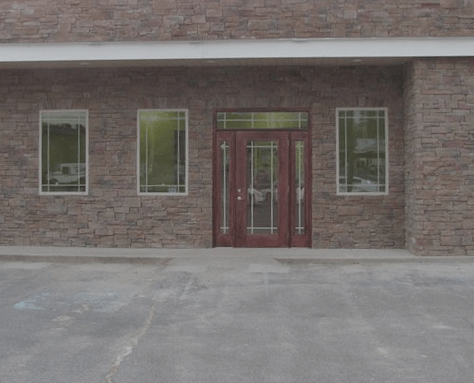May Office Announcement
May 27th, 2020
Happy May from Pack Orthodontics. We are pleased to announce that our office is open and we are now accepting appointments!

Here’s what you can expect when you arrive for your next appointment: before the appointment, we ask all patients to brush their teeth thoroughly. Upon arrival, we will ask patients to wait in their vehicle until our assistants are ready for them. Please note that appointment times will be longer to allow cleaning in between patients. There will be extra personal protective equipment to ensure the safety of both our staff and our team. For the moment we’ve closed off common areas like the brushing station or coffee bar.
We are doing many things differently to allow for the maximum safety of both the practice and our patients. We are so thankful our patients are being understanding and cooperative. Thank you all for your assistance!
While away from the office the Pack Orthodontics team has stayed busy and managed this time of uncertainty but practicing self-care. Denise loves losing herself in a good book. Nina takes care of herself by exercising, pampering herself, and shopping. Laurie and Hope find baths with a glass of wine the best way to relax. Morgan practices yoga, says her prayers, and spends time at the lake. Megan loves sharing some laughs with friends, drinking a glass of wine, and having a pedicure. Ashley also enjoys a glass of wine, listening to her favorite songs, and cooking.
Many of us have become chefs while in quarantine! Here’s what the Pack Orthodontics team cooked up in their time of social distancing at home. Denise tried out many new recipes including enchilada casserole and banana bread. Nina cooked up cilantro lime rice, and treated herself to meals via DoorDash. Laurie indulged in baking some chocolate oatmeal cookies. Morgan mixed up some yummy drinks. Hope made a peach cobbler, yum!
Megan said she didn't quite become a chef while staying home, but she did clean her house. Ashley made buffalo chicken pizza and biscuits and gravy.
In such a challenging time it’s important to recognize and acknowledge what we have to be grateful for in life. Denise’s husband is retired, so she was able to spend a lot of quality time with him. Laurie was also able to spend some great quality time with her family. Nina was able to pay off bills. Morgan was excited to receive the stimulus check. Hope is thankful to still be employed and that her family is healthy. Ashley is cherishing her strong support group of friends, family, and coworkers and that she has a job to go back to! For Megan, life is her silver lining!
Once social distancing ends, we all have different areas of life that the Pack Orthodontics team is excited to return to! Denise can’t wait to see her grandchildren, get a mani & pedi, and eat out at her favorite restaurant. Laurie is also excited to be pampered with hair and pedicure appointments. Morgan is looking forward to hanging out in the open without having to worry.
Nina is eager to return to the beach! Megan is looking forward to seeing all her coworkers again and getting a pedicure. Hope is also excited for a pedicure and people not hoarding toilet paper. Ashley misses hugging her friends!
We hope everyone continues to stay safe. Please give our office a call to make your next appointment with us. We can’t wait to see you!







